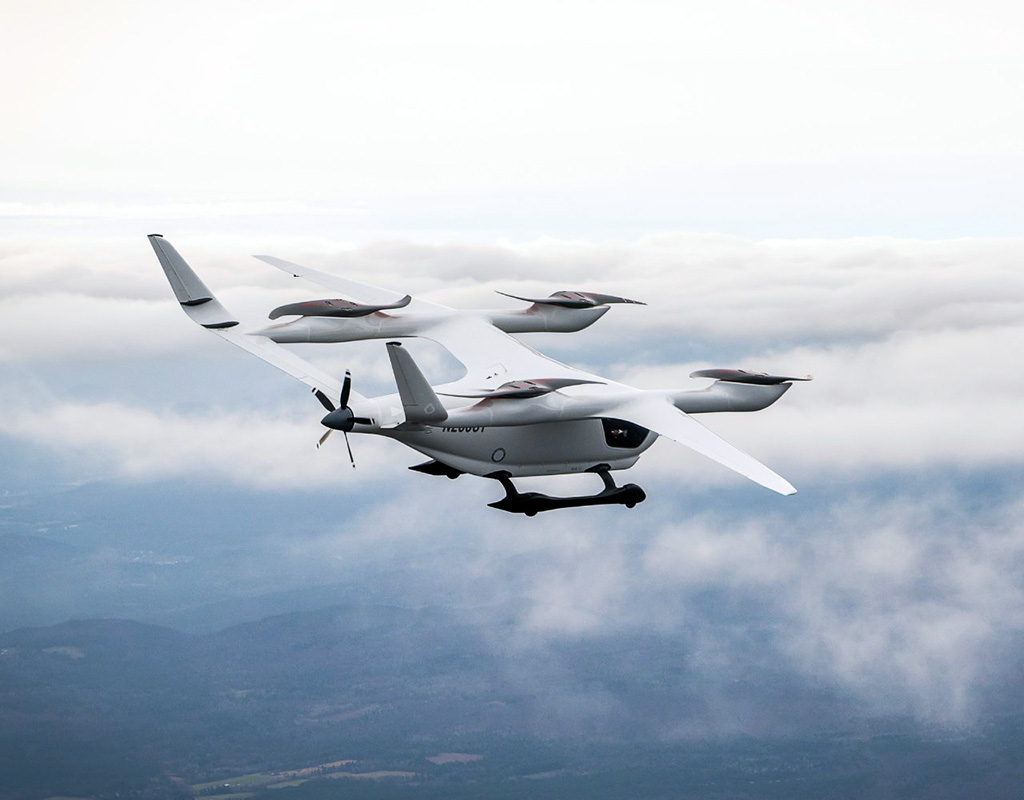
Advanced air mobility (AAM) leaders gathered at HAI Heli-Expo to detail plans for deploying novel eVTOL aircraft, discuss issues the industry still needs to tackle, and highlight potential use cases for the vehicles.
“We’re not trying to replace helicopters. The idea behind advanced air mobility is really about making that [flying] experience accessible in everyday lives,” said Tom Muniz, chief operating officer at Archer Aviation.
Muniz joined a diverse panel of AAM leaders, including representatives from Beta Technologies, Jaunt Air Mobility, Blade Air Mobility, Bristow Group and the Federal Aviation Administration (FAA)
“As we bring this in, we think it’s going to take some evolving steps,” said Patrick Buckles, chief revenue officer at Beta. “We’re approaching this as a crawl, walk, run. Let’s get this into some earlier uses like cargo and medical and then move into passenger later.”
Dave Stepanek, executive vice president and chief transformation officer at Bristow, sees excitement in the industry for eVTOL aircraft. As a Part 135 operator with 75 years of experience in the traditional vertical-lift space, Bristow believes eVTOLs can provide revolutionary technology to propel the industry forward.
“This is an opportunity to create new markets that aren’t available to helicopter operators today,” he said. Although he noted that public acceptance and public education are key issues the industry needs to address. “We have to stop calling them ‘flying cars.’”
While the sector has yet to see an eVTOL aircraft receive type certification, Blade Air Mobility has already been operating an urban air mobility (UAM) platform using helicopters — it’s a strategy the company believes will provide a smooth transition when eVTOL aircraft are ready to begin first commercial service, which could be as early as 2025 in the U.S.
“What we’ve focused on is building the ecosystem so that when the technology is available, it will be a seamless transition into our platform,” said Melissa Tomkiel, president and general counsel at Blade.
The operator has signed partnerships with a number of eVTOL developers, including Beta and Brazilian Eve Air Mobility. And as a company that’s already operating an UAM network, Blade has the real-world experience to provide to its eVTOL partners.
“Right now, we’re focused in New York, Canada and Europe — predominately in the south of France and Monaco,” Tomkiel said. “We already have hundreds of thousands of passengers around the world.”
The company recently completed a milestone electric vertical flight with Beta in New York last month when Beta’s Alia-250 flew alongside a conventional helicopter, highlighting its low noise profile.
For Blade, the demonstration with Beta was an important milestone for the company in showing the community in which it already serves the benefit of quiet electric aviation.
“For [Beta], it’s about getting it out there,” Buckles said. “That demo was a good chance to get the aircraft out there — we have to start building that social acceptance.”
Meanwhile, Jaunt Air Mobility is developing an aircraft that it feels will resonate with the public and operators.
With similar characteristics to a traditional single-rotor helicopter, Martin Peryea, chief executive officer at Jaunt, said “when [operators] see our aircraft, they understand quickly its flight characteristics. They’re already comfortable operating helicopters.”

